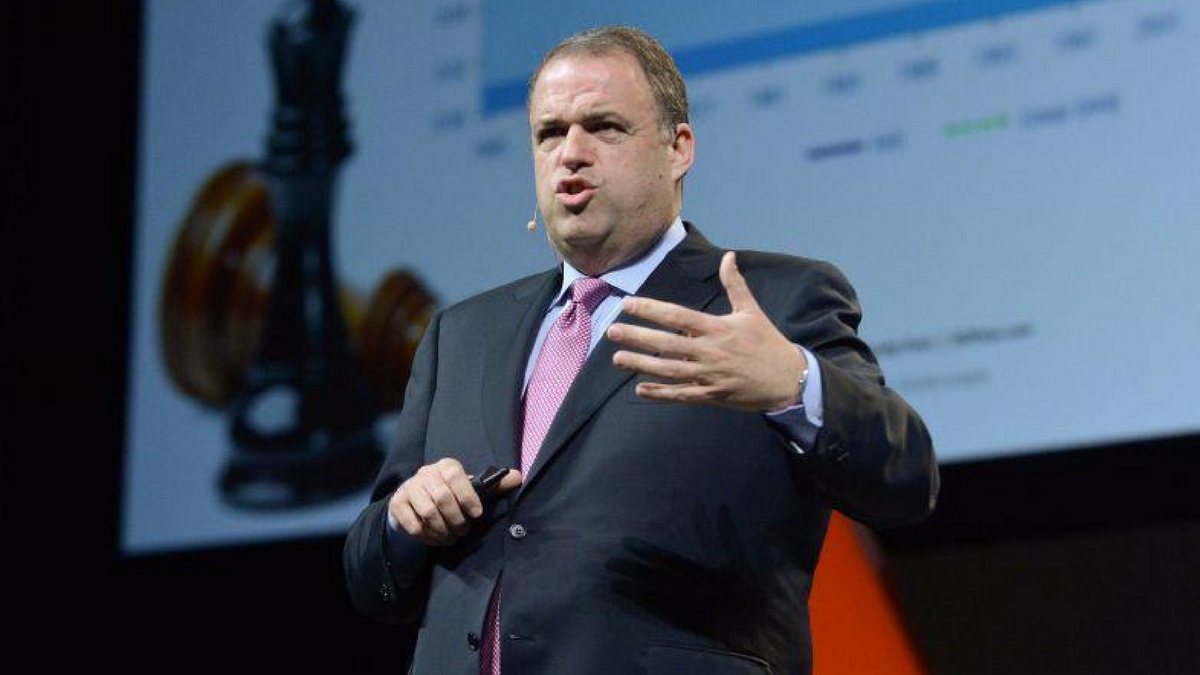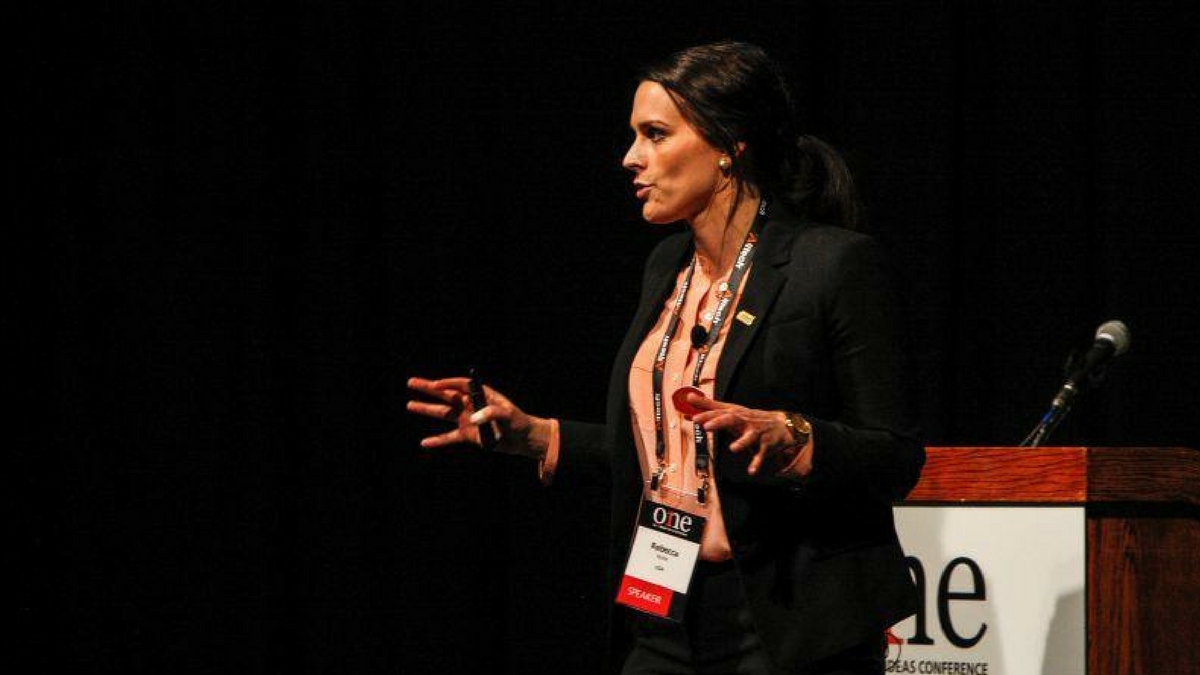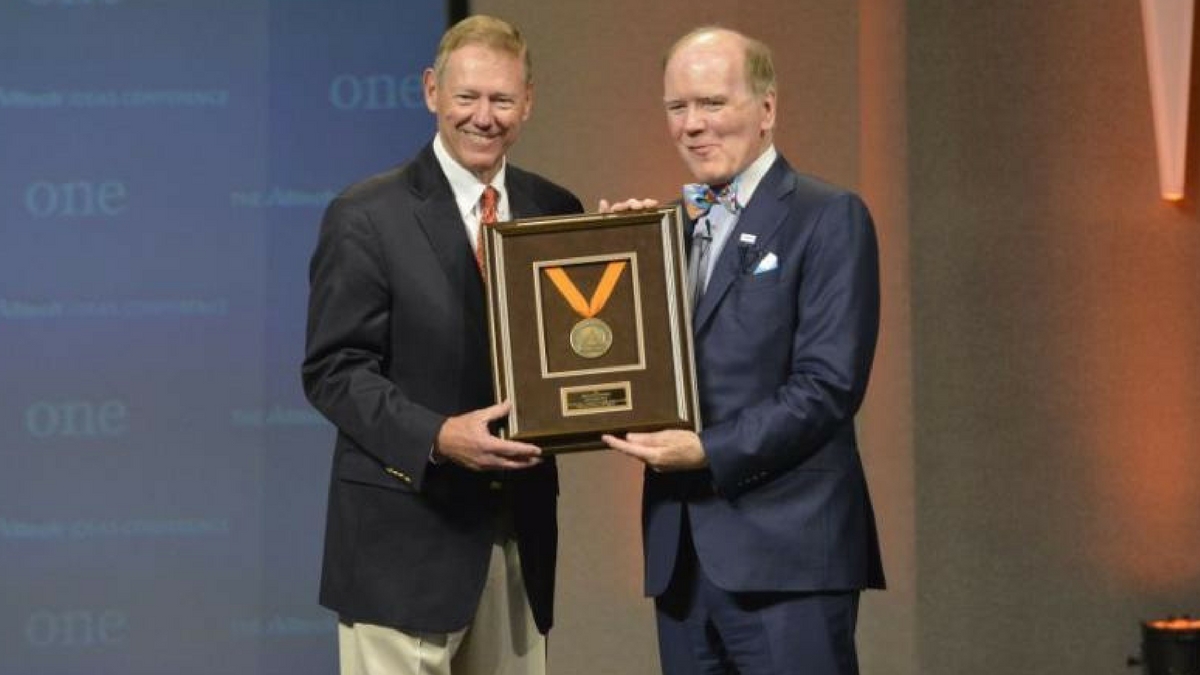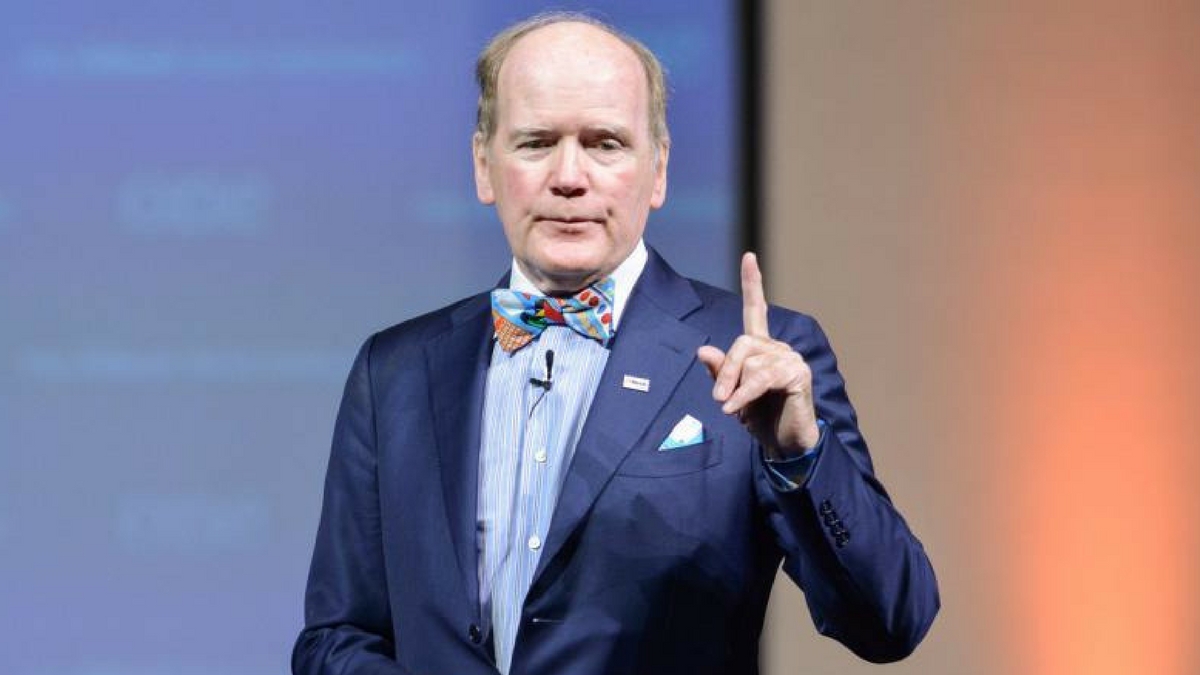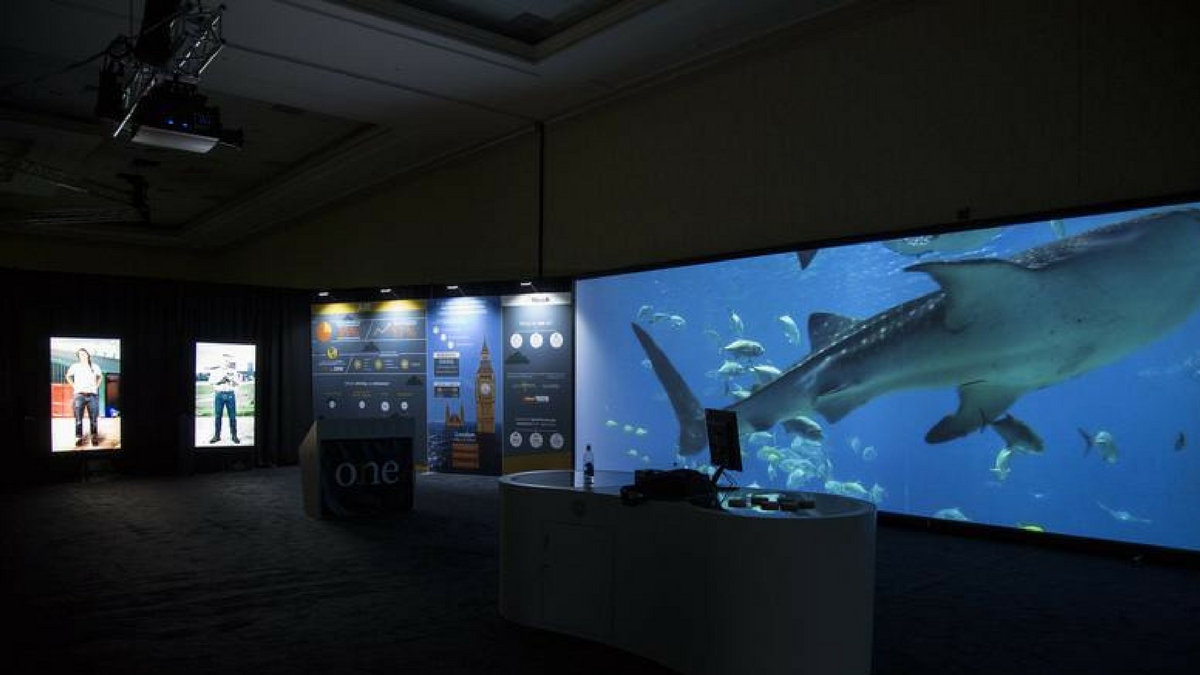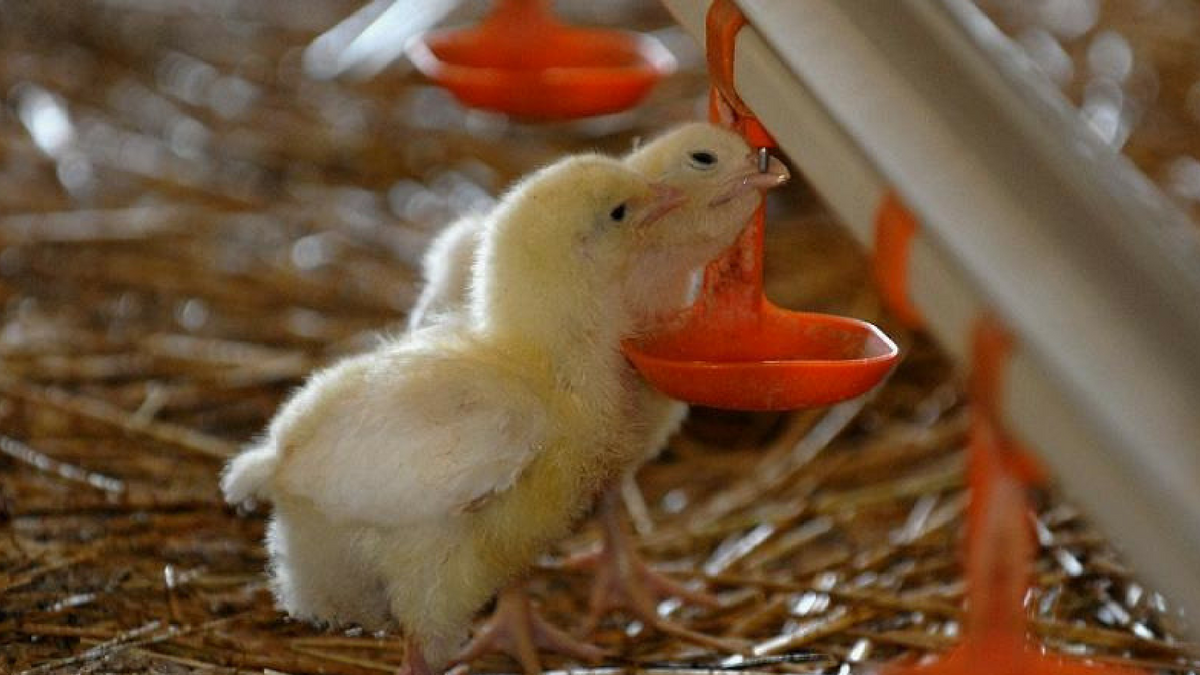Meet Neil Keane, European Dairy CDP manager
Meet Neil Keane, manager of the 2016 European Dairy Career Development Program (DCDP). After successfully running the Beef Career Development Program in Europe in 2015, Neil will be in charge of recruiting, training and helping a new generation of graduates grow a successful career in Alltech. Neil is anxious to meet the new DCDP members and shared his impressions and expectations of the program.
Please tell us a little bit about your role in Alltech.
Originally from Ireland, I have a master’s of science in ruminant nutrition from the University College Dublin and a postgraduate diploma in business management from the University of Plymouth. Working in Alltech for more than 11 years now, I am responsible for our ruminant sales in Europe; developing and setting up trials for our new biogas project with Niall Brennan, a former DCDP member; and providing our European dairy customers with sustainable and profitable solutions.
As the Dairy Career Development Program manager, what are the most important skills you are looking for during the hiring process?
When screening candidates for the Dairy Career Development Program, a degree in animal science, dairy science or veterinary science is essential as the position requires a good technical knowledge of animal health and nutrition as well as the dairy industry. The key skills we look for are openness, curiosity, humility, flexibility and enthusiasm. As the program seeks to develop a sales role, it is important that candidates display good interpersonal skills. Being sociable and outgoing is essential, and it allows our graduates to build good relationships with customers. Alltech is a fast-paced environment, having the ability to adapt and work on various projects is vital.
The Dairy Career Development Program is a year-long learning process, what do you expect from the members upon completion of the program?
Upon completion of the Dairy Career Development Program, Alltech hopes that all members will have grown in confidence in their daily activities. Our world-class training provides graduates with not only innovative solutions for modern dairy farming but it also provides them with an opportunity to develop new solutions based on their first-hand knowledge on the farm. Professionally, we expect them after this year to be able to bring value to the dairy producers they work with, to develop their own projects bringing innovation to their market and to have them take full ownership of these ideas.
How would you describe your relationship as a manager with members of the program?
Throughout the year, we ensure a supportive environment for DCDPers. Previous programs have taught us that we need to maintain frequent communication to assist the members if needed. We also try to set the best conditions and give members access to resources to facilitate them pursuing opportunities and developing their own projects. DCDP members receive support and mentorship from senior members of Alltech as well as industry leaders to help them succeed in their careers.
In your opinion, what is special about the Dairy Career Development Program?
In addition to the uniqueness of the program and opportunities to travel, the DCDP gives graduates a chance to work with senior leadership. The approach Alltech will be taking is not just to instruct and share knowledge, but to show the graduates the route of experiential learning. The hands-on programme allows graduates with a passion for dairy farming to develop solutions for emerging industry issues and make their stamp on the industry. We aim to develop the next generation of dairy nutritionists who are ready to support and develop the global industry. Ongoing challenges, such as weak import demands, excess supplies and the ever-changing climate, continue to shake the dairy industry. This investment by Alltech shows the significant importance of the global dairy industry to us and our belief in the importance of supporting future dairy industry leaders.
What advice would you give to applicants to the Dairy Career Development Program?
Alltech is seeking graduates who have a passion for dairy. It is essential to know and understand Alltech and its values. I would advise graduates to read our ACE principles. Throughout the selection process, we want candidates displaying honesty about their skills and personality and sharing about themselves openly.
Have a question or comment?
- Read more about Meet Neil Keane, European Dairy CDP manager
- Log in to post comments
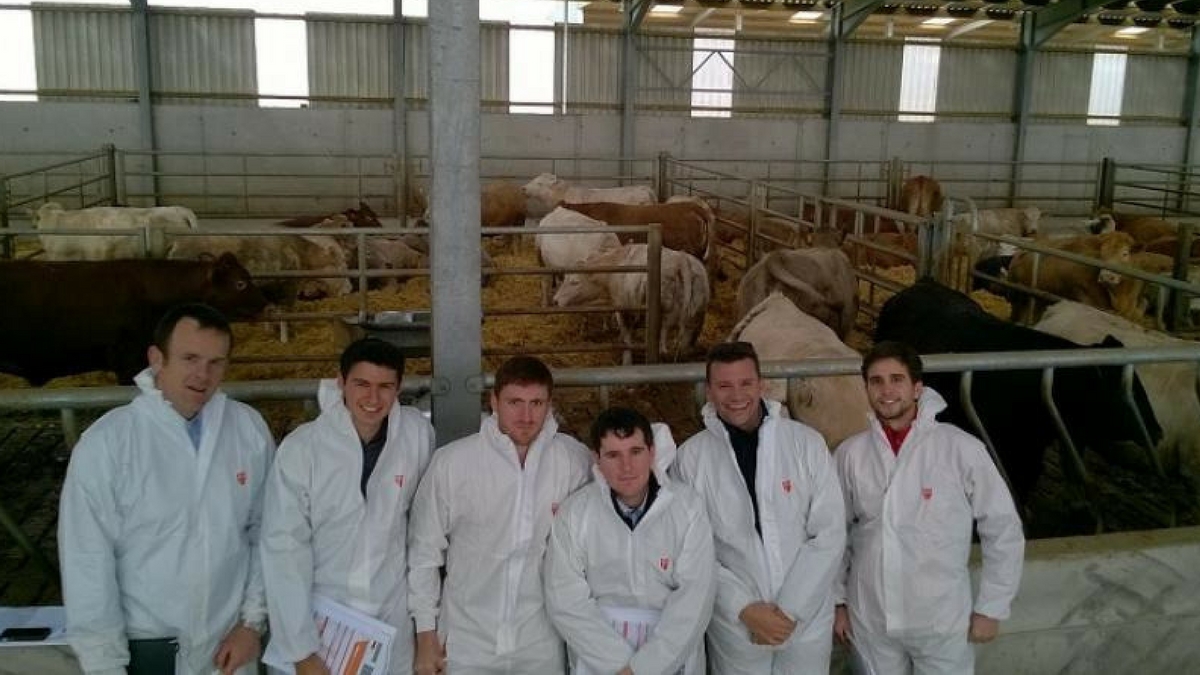
<script charset="utf-8" type="text/javascript" src="//js.hsforms.net/forms/v2-legacy.js"></script>
<![endif]-->
<script charset="utf-8" type="text/javascript" src="//js.hsforms.net/forms/v2.js"></script>
<script>
hbspt.forms.create({
portalId: '745395',
formId: '2c5ba201-30c0-4669-9dc4-c9711ca1b006'
});
</script>
Neil, far left, also works with beef cattle.













